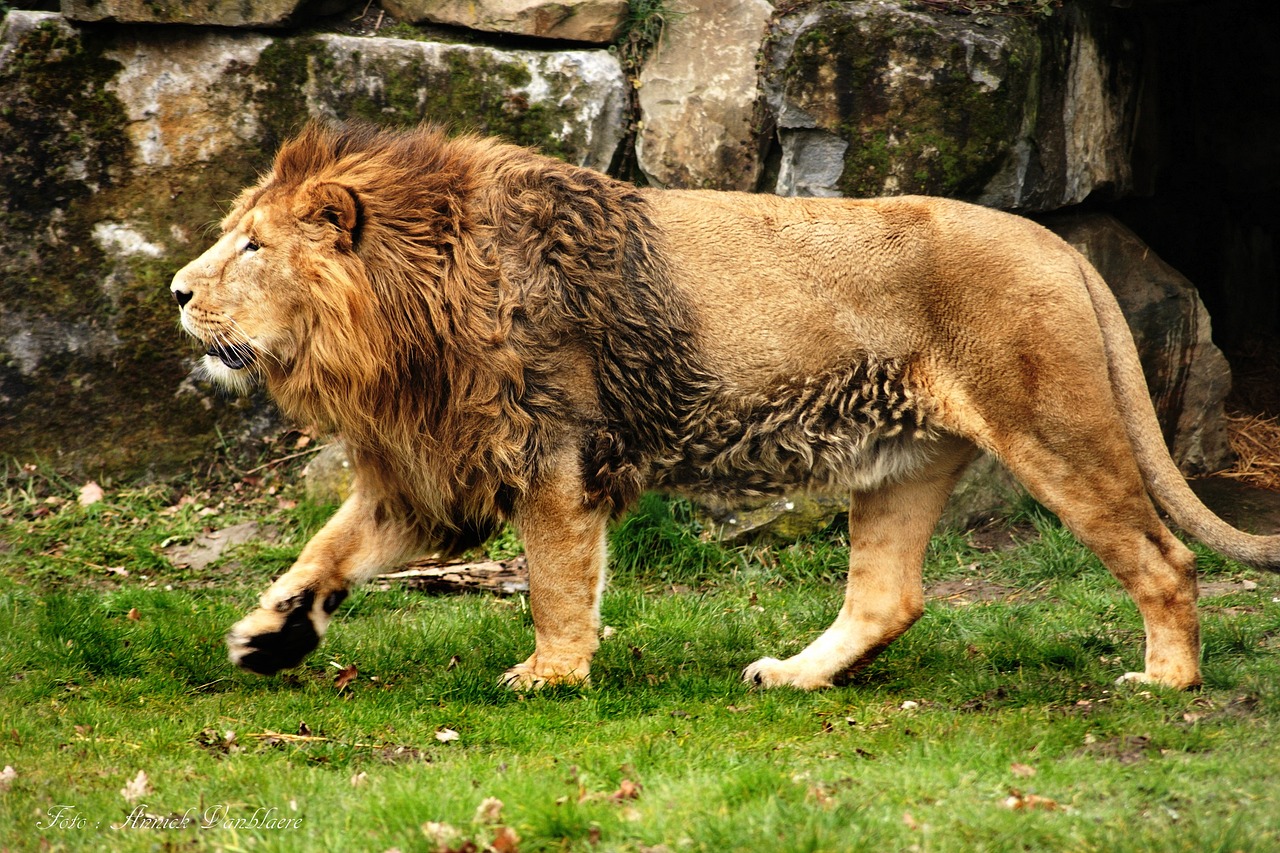Africa’s Big 5
- 5 min read
- By Phillip Imler
The term “Africa’s Big Five” originally referred to the five most challenging animals to hunt on foot in Africa. These animals were prized by big-game hunters for their difficulty to track and hunt, as well as their reputation for being dangerous when cornered. The Big Five are:
These animals are often the most coveted when it comes to safari wildlife viewing. Many people consider it a tremendous success to witness all five of these animals during a safari outing. The leopard is often the most elusive, however, all five are considered treasured sightings. Here is a closer look at each member of Africa’s Big 5.
Lions (Panthera leo) are majestic big cats known for their distinctive manes and a prominent role in the animal kingdom as apex predators. Found in grasslands and savannas of Africa and a small population in Gir Forest National Park in India, lions live in social groups called prides. Males exhibit impressive manes, symbolizing strength and dominance.
They are skilled hunters, often working together in coordinated efforts to capture prey. Lions play a crucial role in maintaining ecological balance and hold cultural significance, representing courage and majesty in various human societies. Conservation efforts aim to protect these iconic and endangered species.
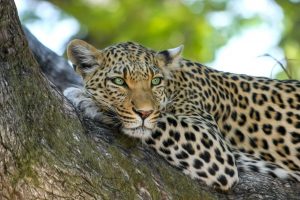
Solitary and elusive, they are skilled hunters, displaying adaptability in their choice of prey. Leopards are integral to ecosystems, maintaining biodiversity by controlling herbivore populations. Threatened by habitat loss and poaching, conservation efforts strive to protect these enigmatic and endangered felines.
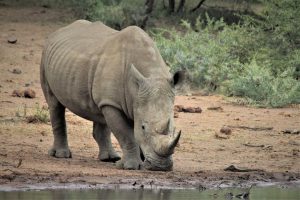
Despite their seemingly tough exterior, they face critical endangerment due to rampant poaching for their horns, believed in some cultures to possess medicinal properties. Conservation efforts strive to protect these iconic creatures, emphasizing the vital role they play in maintaining ecological balance within their respective habitats.
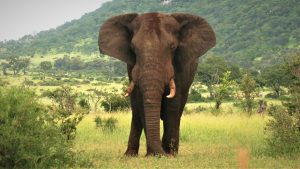
However, their populations face significant threats, including habitat loss and poaching for ivory. Conservation initiatives aim to safeguard these majestic creatures, recognizing their ecological importance and the need to secure their future in the wild.
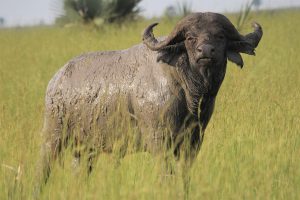
The African and Asian buffalo species, like the Cape buffalo and water buffalo, respectively, are vital to ecosystems and human communities, providing resources such as meat, milk, and hides. Despite their significance, they face challenges from habitat loss and human-wildlife conflict, emphasizing the importance of conservation efforts.
While the term originally had a hunting context, it has evolved and is now commonly used in the context of wildlife conservation and tourism. Many African countries promote the Big Five as a major draw for safari tourism, encouraging visitors to see and appreciate these majestic animals in their natural habitats. Conservation efforts focus on protecting these species, recognizing their importance to the ecosystems and the cultural and economic value they bring to the region.
